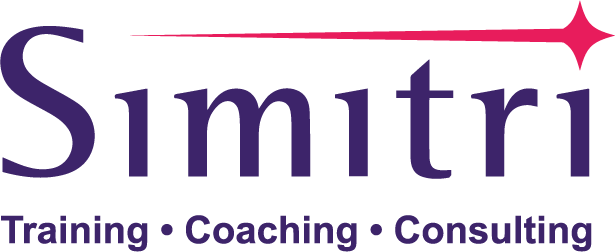Dear Clients, Partners, and Friends of Simitri,
As 2025 draws to a close, we find ourselves reflecting not only on a year of exceptional change and progress, but also on the deeper questions that define great leadership: What does it mean to lead with purpose? How do we build cultures that are both resilient and inclusive?
This year has shown us that leadership is not about certainty: it’s about clarity in uncertainty, and conviction in complexity.
In 2025, we saw the world continue to accelerate, from AI reshaping the way we work, to climate commitments driving a shift toward sustainable business. At the same time, communities and organisations alike have been called to address social equity, emotional wellbeing, and the evolving expectations of a new generation of leaders.
At Simitri, we are proud to have been part of this transformation. In partnership with many of you, we delivered leadership and development programmes across six continents, tailored to local realities yet unified by a common goal: to build leaders and teams who drive change with empathy, courage, and accountability.
What stood out most this year, however, was not the scale of our sessions or the awards on the shelf, but the stories…
The manager who found their voice.
The team that reconnected through change.
The leader who saw not just performance, but potential.
These are the moments that remind us why we do what we do.
As we look to 2026, the question is no longer whether we will adapt, but how well we will lead through change.
At Simitri, we believe that humans will not, and should not - be replaced by machines. AI and automation may change how we work, but it is human connection, creativity, and compassion that shape how we lead.
We stand firm in our belief in people and the power of human potential. That’s why we create programmes that blend insight with experience, rigour with empathy, so that today’s leaders can evolve with the times while staying grounded in what matters most: purpose, authenticity, and impact.
We thank you for trusting Simitri to walk this path with you! To challenge thinking, unlock potential, and create lasting change.
Here’s to a new year of bold ideas, meaningful collaboration, and leadership that makes a difference.
Wishing you and your teams a healthy, successful, and purpose-filled 2026.
David Huxley
President & CEO,
Simitri Group International
📘 Download the [Learning Trends Report]
🎥 Watch the webinar recording [Link]
🤝 Book a conversation with our team [Link]




